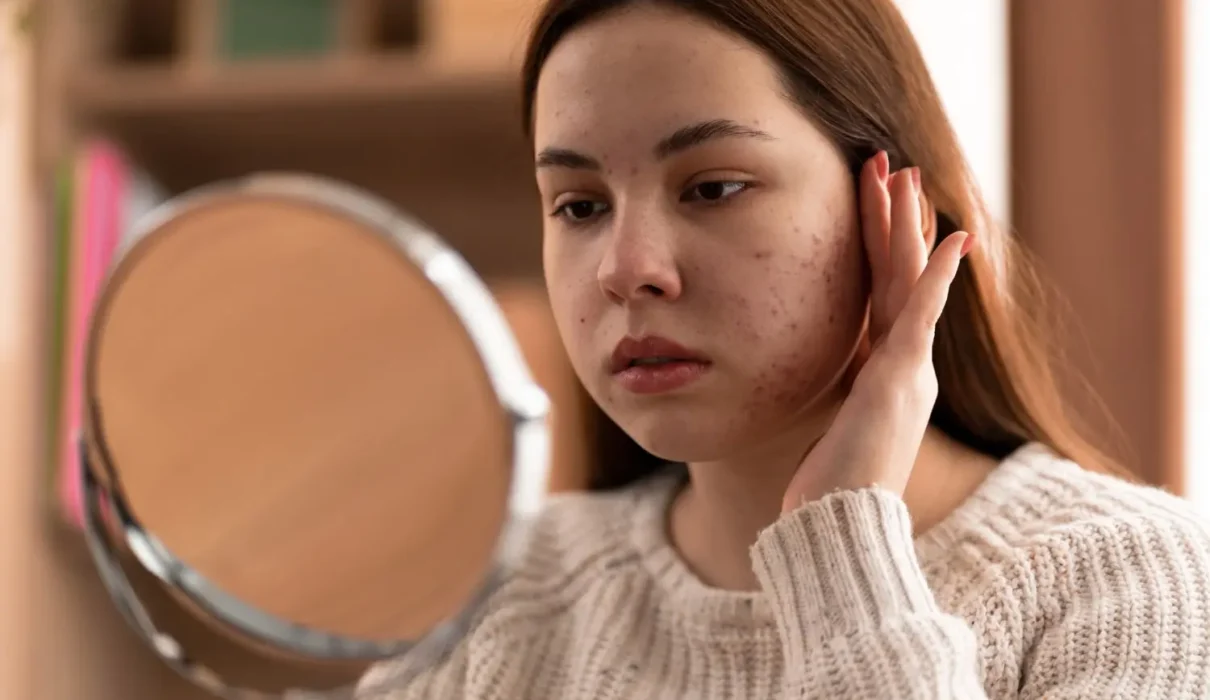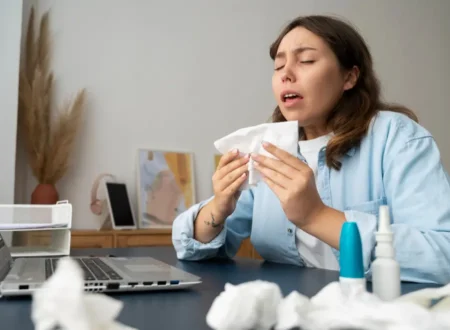Introduction:
Couperose skin, also called telangiectasia or broken capillaries, is a disease where small blood vessels (capillaries) near the skin’s surface get dilated and visible. Due to the dilated blood vessels, the face skin usually gets swallowed from the region. Couperose skin can happen to every skin type, but sensitive and fair skin types are the most risky. It usually appears on the cheeks, nose, and other parts of the face, but it can also happen on the neck and chest.
Causes:
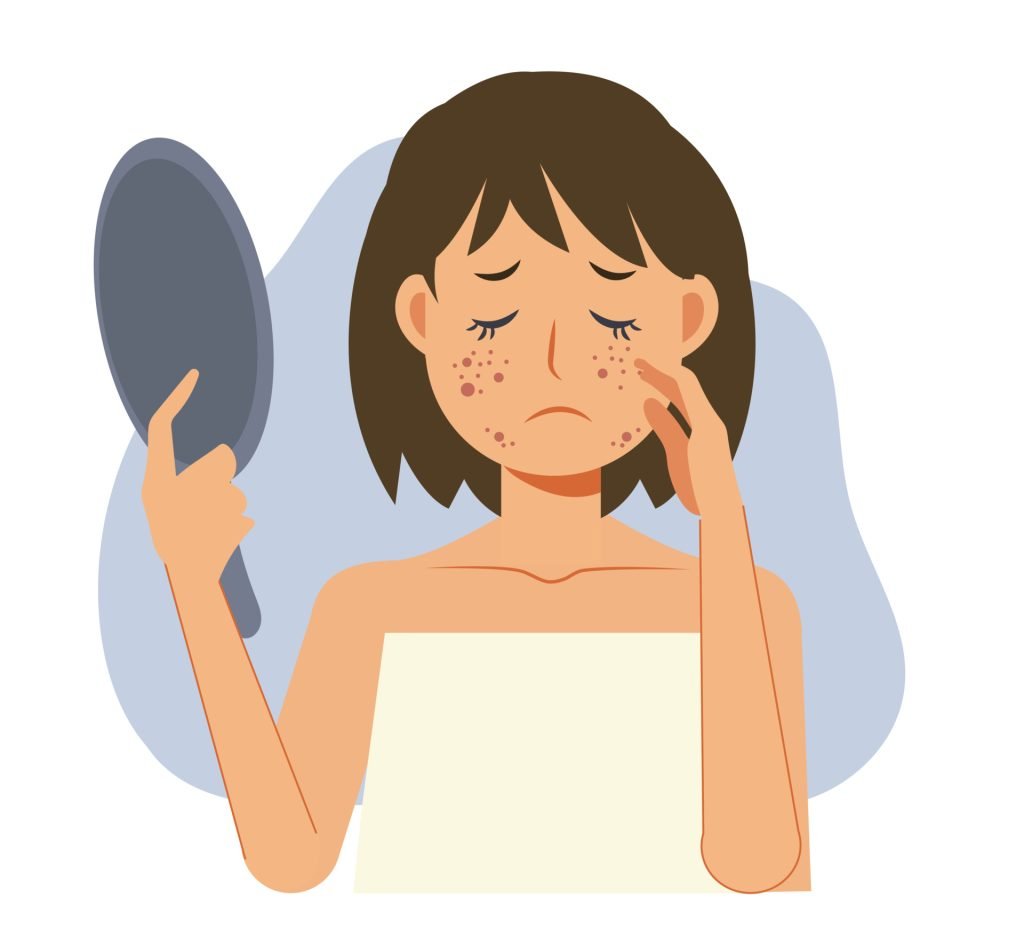
It’s not always easy to find the causes, but there are a number of things that can lead to it. For the identification and treatment of this skin condition, it is important to understand the causes thoroughly.
Some of the main things that cause this condition are listed below:
- Genetics: A family history of couperose skin can make a person more likely to get it themselves. You might be more likely to get couperose skin if your parents or grandparents did.
- Skin type: People with fair, sensitive skin are more likely to get couperose skin. Because this skin type is thinner and more delicate, it is more likely to get hurt by allergens and the environment.
- Contact with the Sun: Couperose skin is often caused by long-term contact with the sun’s UV rays. Sun damage weakens the walls of the skin’s blood vessels, which makes them more likely to swell and turn red.
- Harsh Weather: Outside in harsh weather, like cold air and high or low temperatures, can cause couperose skin. When these things happen, the skin can quickly tighten and expand, which puts stress on the blood vessels.
- Alcohol and Spicy Foods: Drinking too much alcohol or eating spicy foods can make your face flush, which can make couperose skin worse in people who are prone to it.
- Smoking: Smoking is bad for your skin and can make couperose skin worse. There are chemicals in tobacco smoke that can hurt blood vessels and make them swell.
Symptoms:
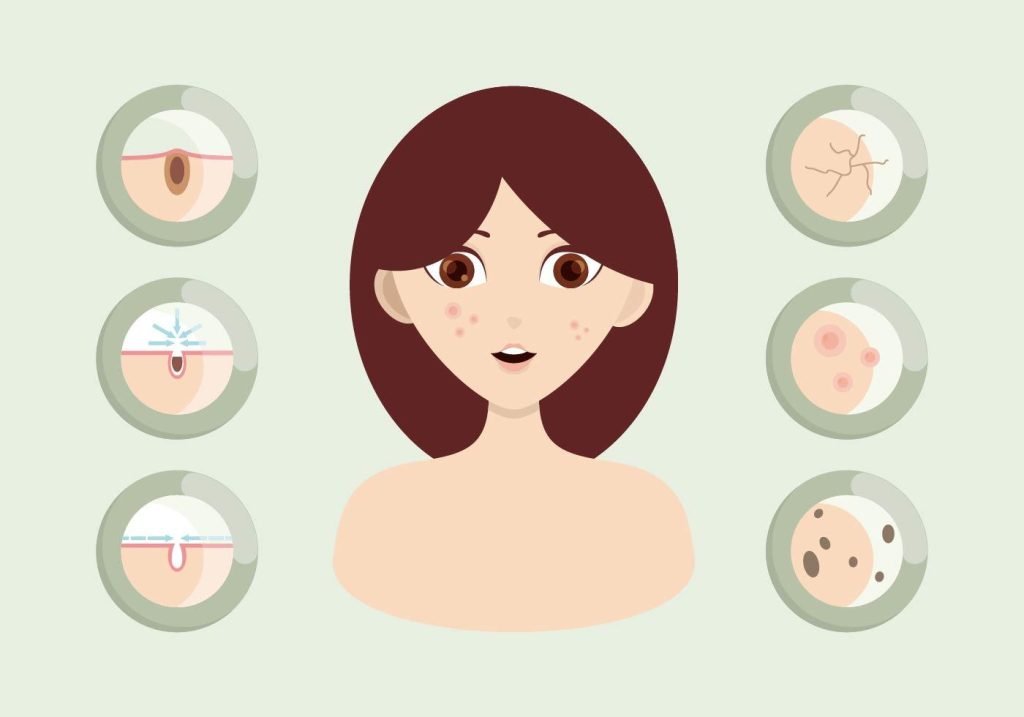
The symptoms of this skin condition are easy to identify and understand by the naked eye. Here are the common symptoms:
- Red or Purple Lines: The most noticeable symptom of couperose skin is red or purple lines that can be seen on the skin, mostly on the face, neck, or chest.
- Facial Flushing: The affected areas may look red or flushed due to heat, cold, or hot foods.
- Sensitivity: Skin with couperose is often sensitive to touch and may feel hot or itchy when it is touched.
- Small Bumps: People with couperose skin may sometimes get small red or purple bumps on their faces that look like acne.
- Broken Capillaries: This is a very important sign of couperose skin: broken blood vessels show up on the skin’s surface.
Treatment
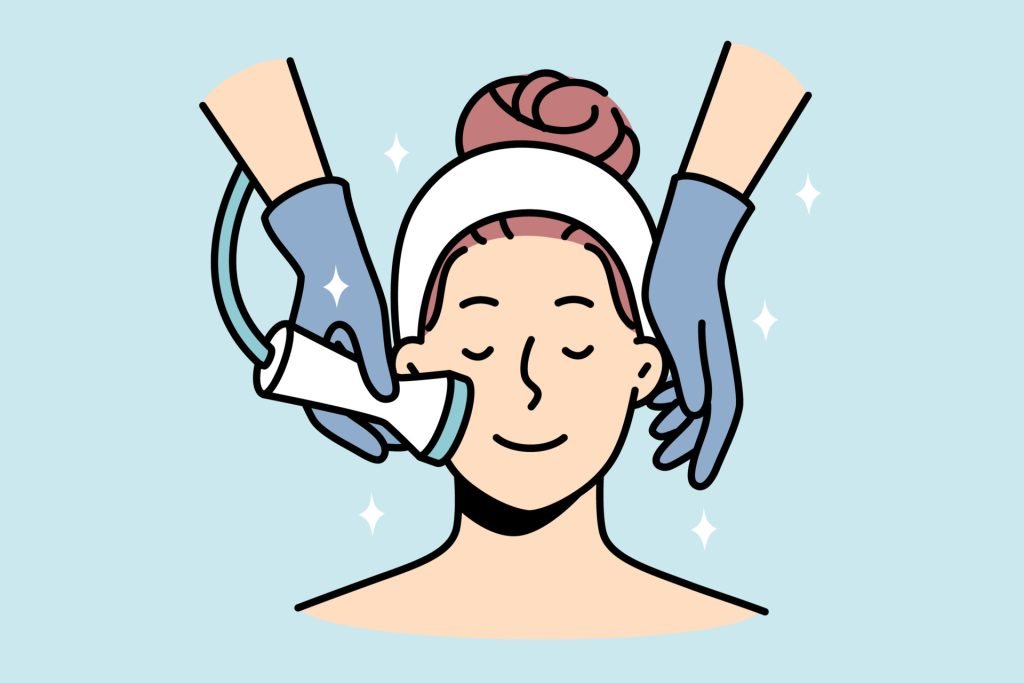
While this condition is not medically dangerous, it can be painful and embarrassing. Luckily, several effective treatments can help you control and lessen its look. Some popular ways to treat this condition are listed below:
- Topical Creams: Some creams and serums for the skin contain vitamin K, niacinamide, or green tea extract, which can help strengthen the walls of blood vessels and make the skin less red.
- Sun Protection: It is very important to wear sunscreen with a high SPF to stop more sun damage that can worsen couperose skin. It is best to choose a sunscreen that blocks both UVA and UVB rays.
- Laser therapy: Pulsed-dye lasers and other lasers can successfully target and shrink dilated blood vessels. Dermatologists often do these treatments, and the effects can last long.
- Intense Pulsed Light (IPL) treatment: IPL treatment is a painless procedure that targets and contracts swollen blood vessels, making the skin less red and revealing more capillaries.
- Oral Medications: To treat couperose skin, doctors may sometimes recommend oral medications like antibiotics or drugs that lower blood pressure.
- Avoid Triggers: People with couperose skin should stay away from things that make their skin worse, like drinking too much alcohol, spicy foods, and very hot or cold weather.
- Routine for taking care of your skin: Using gentle products regularly can help calm redness and discomfort. Do not use rough or rough items.
- Camouflaging Makeup: Cosmetics that hide redness and make couperose skin look less noticeable can help you feel better about your appearance and boost your confidence.
How to Prevent?
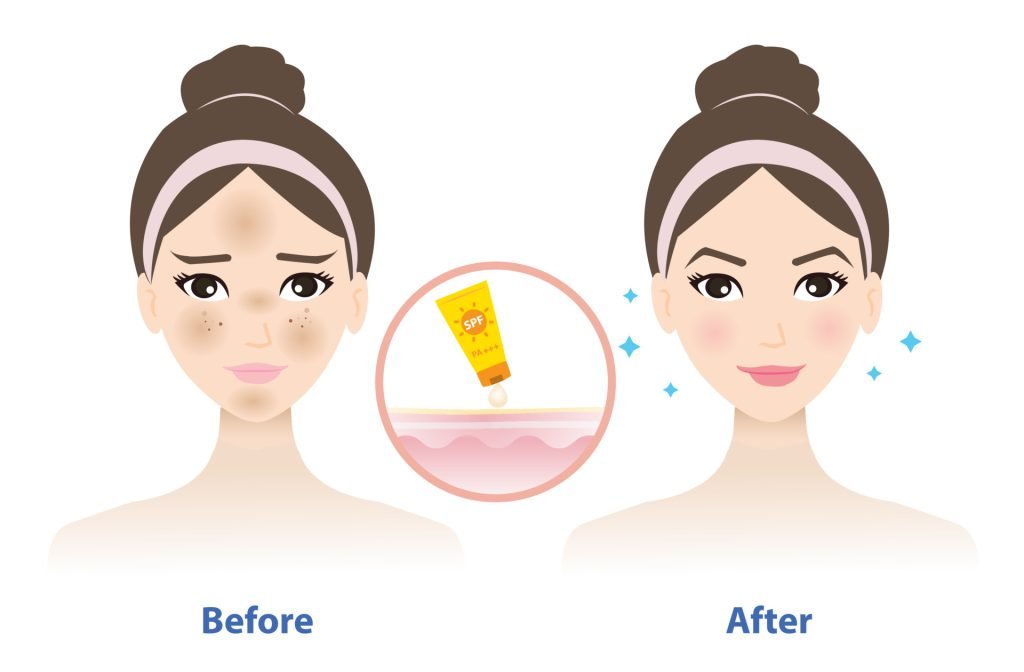
It is always better to avoid the disease rather than find a treatment for it. This condition is not dangerous or a thing you can’t stop at an early stage like cancer. With the guided ways and prevention tips, we can’t only get rid of this condition but also reduce the chances of getting it. Here are the practical ways to prevent this skin condition.
- Wear sunscreen with a high SPF, even if it is cloudy outside, to protect your skin from UV rays.
- Wear a wide-brimmed hat and shades to keep your face from getting too much sun.
- Reduce or avoid triggering facial diseases like spicy foods, alcohol, and hot or cold temps.
- If you have sensitive skin, use gentle skin care products and avoid strong scrubs and exfoliants.
- Drink plenty of water, having a balanced diet, and not smoking can all help your skin stay healthy.
Conclusion
It also known as telangiectasia, can happen to anyone, but people with fair, sensitive skin are more likely to get it. People with it will see red or purple lines on their faces, neck, or chest. The causes are genetics, skin type, too much sun, bad weather, drinking, eating hot foods, and smoking. The symptoms range from Red or purple lines, flushing, sensitivity, small bumps, and broken capillaries. We can also get various treatment methods for this skin condition, such as optical creams, sun protection, laser therapy, intense pulsed light therapy, and oral drugs. Some ways to avoid getting it are to wear protective clothes, use sunscreen, stay hydrated, avoid triggers, and take care of your skin gently. Understanding this condition is important for treating symptoms and preventing them. Read more
Frequently Asked Questions
Q1. What is couperose skin?
If you have this skin condition, you can see red or purple blood vessels close to the skin’s surface. This disease is also called telangiectasia or broken capillaries. It usually appears on the face, cheeks, and lips, and people with different skin types can get it.
Q2. Which people are most likely to get this skin condition?
This skin condition called couperose can happen to anyone, but people with fair, sensitive skin are more likely to have it because their skin is thinner and more delicate.
Q3. What are the causes of this skin condition?
It can be caused by a number of things, such as
- Genes
- Skin type
- Sun exposure
- Harsh weather
- Smoking
- Drinking alcohol and eating hot foods.
Q4. What are the most common symptoms?
Common symptoms are:
- Red or purple lines that can be seen
- Flushing of the face
- Sensitivity to touch
- Small red or purple bumps on the skin’s surface
- Broken capillaries.
Q5. What is a good way to treat this?
There is a good way to treat this skin condition. Topical creams, laser therapy, intense pulsed light (IPL) therapy, oral medicines, sun protection, and staying away from things that cause flare-ups are some of the treatments that may be available.

